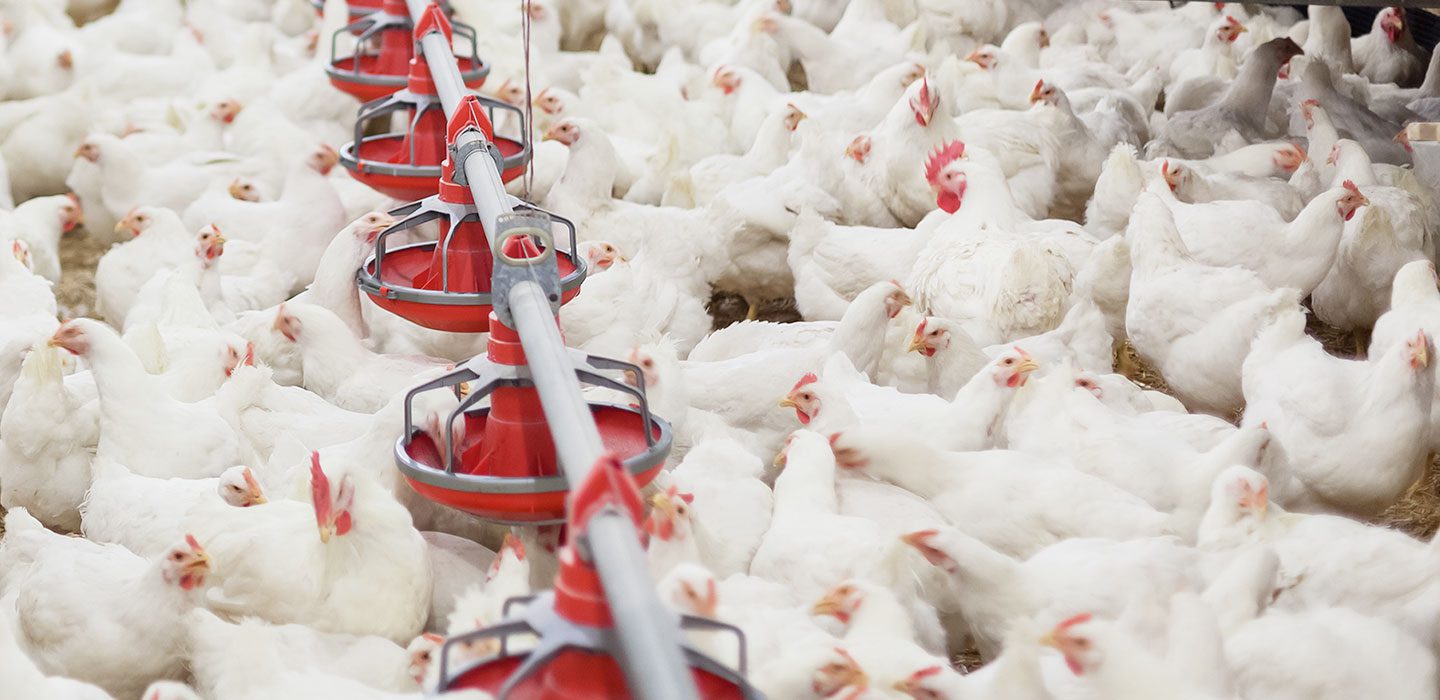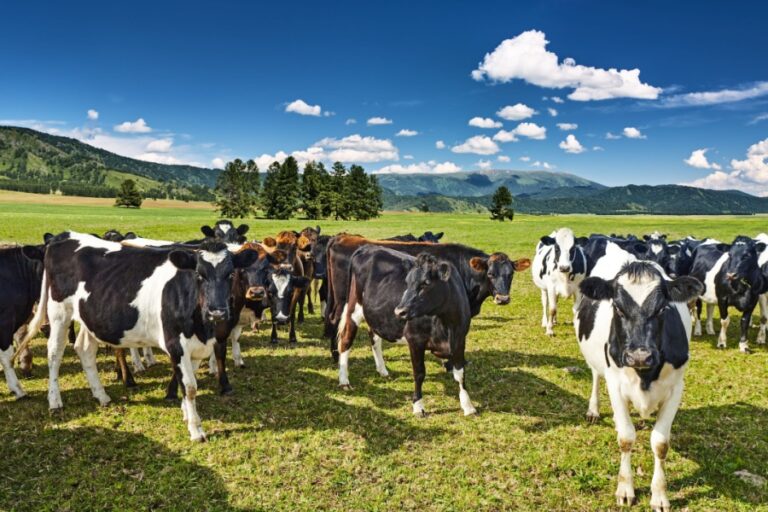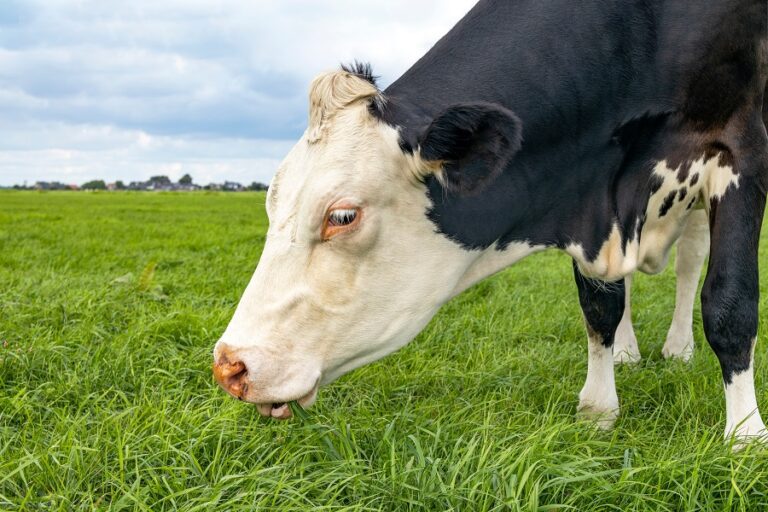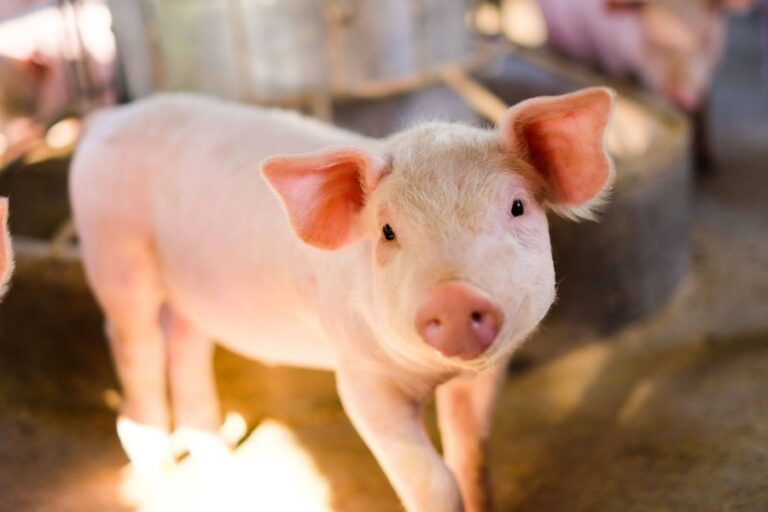The Often-Forgotten Role of Minerals in Dairy Cattle Fertility

Poor reproductive performance is in the top 3 challenges on dairy farms (Denis-Robichaud et al., 2018). Often high production dairy cattle have low fertility due to a variety of factors, including genetic selection, on-farm management, health status, and nutrition. Though progress had been made in genetic selection to improve fertility and more research is available on proper management of the post-partum cow, there are still several factors that underlie reduced fertility in dairy cows. These factors include delayed resumption of normal cyclicity and proper uterine health following parturition, as well as lower expression of estrus and lower survivability of embryos (Crowe et al., 2018).
Nutrition, and more specifically trace mineral nutrition, can have an impact on each of the factors above resulting in greater reproductive performance. Understanding the role that three critical trace minerals, manganese, zinc, and copper, play in supporting fertility in dairy cattle demonstrates the need to ensure dairy cattle are supplied with adequate levels of trace minerals.
Manganese is needed for steroid synthesis including key reproductive steroids, progesterone, estrogen, and testosterone (Keen and Zidenburg-Cherr, 1990). Improper manganese levels can lead to decreased circulation of these key hormones resulting in anestrus or irregular estrus lowering conception rates (Bhalakiya et al., 2019). Moreover, Manganese has a role in initiating estradiol secretion by the conceptus as a pregnancy recognition signal (Hostetler et al., 2003). Having adequate manganese will contribute to the proper hormone levels required for the resumption of normal cyclicity that results in greater fertility.
Zinc is needed for maintenance and repair of the uterine epithelium, while also being involved in ovarian follicle recognition and fetal growth. Moreover, adequate Zinc is needed to allow the oocyte, an immature egg, to mature into an egg ready for fertilization through improving the quality of the egg (Garner et al., 2021). Once the egg has been fertilized, the egg needs to develop properly. Zinc helps maintain symmetrical division and supports proper cellular proliferation and differentiation of the embryo (Garner et al., 2021). This will hopefully result in greater embryo quality and survivability which translates to more pregnant cows.
Copper deficiencies have been linked to delayed onset of puberty, low conception rates, and the need for repeat breeding. This demonstrates the need to supplement the proper level of copper in dairy rations. Copper has been shown to assist not only in the fertility of the cow but also can be of benefit to the developing fetus. Copper is stored at a much higher level per unit of body mass in the fetus compared to an adult cow (Michaluk and Kochman, 2007). With the fetus being highly dependent on copper supply from the dam, maternal copper supply is critical during the second and third trimester of pregnancy and plays a key role in fetal development (Michaluk and Kochman, 2007).
Research where manganese, zinc, and copper have been supplied in the form of MINTREX® bis-chelated trace minerals resulted in improved conception rates (Zanton et al., 2011, Bach et al., 2016). With these improvements being realized on farm, this supports the role of Manganese, Zinc, and Copper in supporting fertility in lactating dairy cattle. Supplementing with MINTREX® Bis-Chelated Trace Minerals provides a more bioavailable mineral so more mineral is absorbed and available for productive purposes of the cow, including supporting fertility.
References
Bach, A., A. Pinto, and M. Blanch. 2015. Association between chelated trace mineral supplementation and milk yield, reproductive performance, and lameness in dairy cattle. Liv. Sci. 182:69-75. Doi:10.1016/j/livsci.2015.10.023.
Bhalakiya, N., N. Haque, P. Patel, and P. Joshi. 2019. Role of trace minerals in animal production and reproduction. Int. J. Livest. Res. 9: 1-12. Doi: 10.5455/ijlr.20190222105609.
Crowe, M. A., M. Hostens, and G. Opsomer. 2018. Reproductive management in dairy cows- the future. Ir. Vet. J. 71: 1-13. Doi: 10.1186/s13620-017-0112-y.
Denis-Robichaud, J., R. L. A. Cerri, A. Jones-Bitton, and S. J. LeBlanc. 2018. Dairy producers’ attitudes toward reproductive management and performance on Canadian dairy farms. K. Dairy Sci. 101: 850-860. Doi: 10.3168/jds.2016-12416.
Garner, T. B., J. M. Hester, A. Carothers, and F. J. Diaz. 2021. Role of zinc in female reproduction. Biol. Reprod. 104: 976-994. Doi: 10.1093/biolre/ioab023
Hostetler, C. E., R. L. Kincaid, and M. A. Mirando. 2003. The role of essential trace elements in embryonic and fetal development in livestock. Vet. J. 166: 125-139. Doi: 10.1016/S1090-0233(02)00310-6
Keen, C. L., and S. Zidenberg-Cheer. 1990. Manganese. Present knowledge in nutrition. 268-279. M. L. Brown (Ed.) International Life Science Institute Nutrition Foundation, Washington D.C.
Michaluk, A., and K. Kochman. 2007. Involvement of copper in female reproduction. Reprod. Biol. 7: 193-205.
Zanton, G. I., D. E. Diaz, M. Vazquez-Anon, and J. E. Nocek. 2011. Form of trace mineral supplementation on complete lactation performance, reproduction, and locomotion in Holstein cows. J. Dairy Sci. 94: 123 (Abstract).

Intelligent Nutrition for Your Business
More science. More insight. More inspiration. More ways for you to feed the world.




